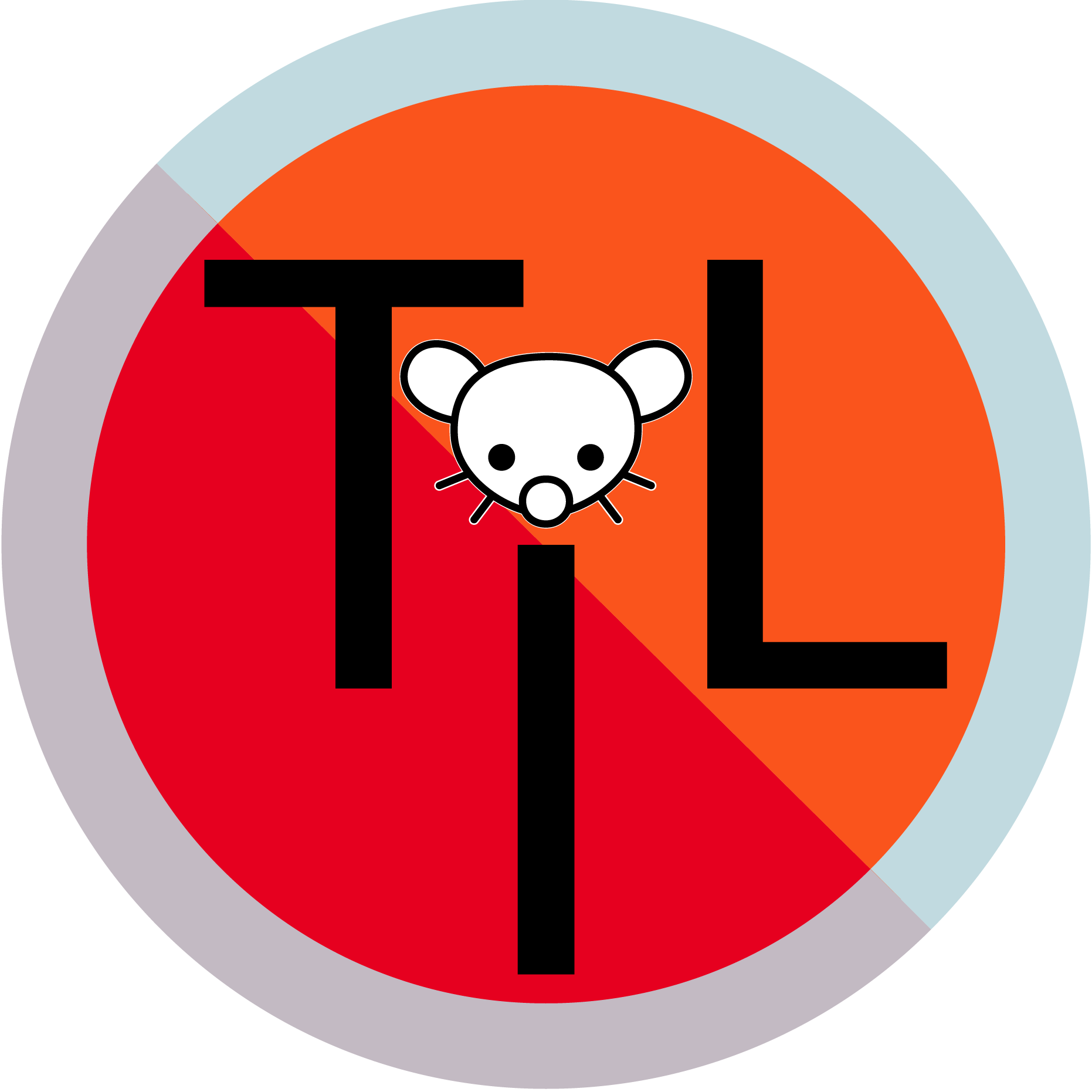On and off for over a decade, the Central Intelligence Agency conducted an audacious highly classified program to covertly manipulate Afghanistan’s lucrative poppy crop, blanketing Afghan farmers’ fields with specially modified seeds that germinated plants containing almost none of the chemicals that are refined into heroin, The Washington Post has learned.
The program’s disclosure comes as the war on narcotics is again dominating the security agenda.
President Donald Trump has declared war on drug cartels in the Western Hemisphere, ordering more than a dozen lethal strikes on alleged drug boats in the Caribbean and the eastern Pacific, designating cartels as terrorist groups, and moving a vast naval and air force to the region. He has also authorized the CIA to take aggressive covert action against drug traffickers and their supporters.
In Afghanistan in the early 2000s, the burgeoning opium trade was thwarting U.S. goals, as American troops engaged in a deadly struggle to defeat the Taliban, eliminate terrorist groups and stabilize the weak Western-backed government. Afghan heroin fueled corruption in President Hamid Karzai’s government and in the provinces. It helped pay for the Taliban’s weapons and equipment. And it accounted for the majority of global heroin supplies, with most of the drugs bound for Europe or the former Soviet Union.
Western allies and U.S. government agencies argued bitterly over which strategies would dent the crop without undermining rural Afghan support for Karzai. Diplomats and drug enforcement officials debated everything from aerial herbicide spraying to purchasing the entire Afghan crop and sending it overseas to be processed into medicine.
Unbeknownst to almost all of them, the CIA was operating its own secret heroin-eradication program, run by the spy agency’s Crime and Narcotics Center, which was flush with funds during the Afghan war. The airdrops of modified poppy seeds began in the autumn of 2004, three people familiar with the program said. The operation was paused at least once and ended about 2015, those familiar with it said.
Once the seeds were dropped, the goal was for the plants sprouting from them to cross-fertilize with native plants and become the dominant strain over time, degrading the overall crop’s potency.
The American plants not only contained virtually no morphine, but they were bred to sprout early and produce especially vivacious red flowers, making them attractive to Afghan farmers who, the CIA hoped, would harvest and replant their seeds.


Yeah? Makes sense. I definitely don’t remember a huge wave of heroin flooding the US during that time period. Also definitely don’t remember US soldiers protecting poppy fields in the same time frame. And if there’s one thing I definitely don’t associate the CIA with, it’s trafficking in drugs to fund itself with off-book money.
This is what winning looks like…
They just pivoted to fentanyl
I mean the heroin market never stopped, the overall consistency and potency was weakened.
Say you have poppies from several different fields all over Afghanistan, all being processed in bulk together after harvest. If you end up with 100 pounds, but 1/4 of the product is from the modified poppies that contained very little morphine, and the seeds have been dropped randomly and spread throughout the country, you’ve still significantly weakened the bulk crop and the final product that will be sold to the consumer.
It’s unlikely there was ever a consistently weakened final product between every harvest, but you’re probably noticing repeated inconsistencies in the final product several seasons in a row, and you really can’t narrow down why it keeps happening because it seems so random and unpredictable. Is it the soil? The weather? Something else? Nobody knows.
Even if you start producing and exporting larger amounts, it’s still potentially larger amounts with a weaker than normal potency. You might start considering a cheap way to consistently enhance the potency, rather than continuing to drive yourself crazy trying to figure out why farmers all over Afghanistan have suddenly gotten so unlucky with the consistency of their crops.
I’m not exactly sure where fentanyl started coming from around 2013, but it might have seemed like a miracle fell into the laps of desperate people who had literal boats or planes full of inconsistent product they needed to unload. It’s super cheap and it’s extremely potent.
The CIA stopped the program in 2015, because it didn’t work out as well as they had hoped (allegedly). Since people just started cutting the weaker heroin with fentanyl, it didn’t really make much of a dent in the amount of heroin people were willing to buy. If anything it kinda seems like it may have backfired (allegedly).
Darndest thing that fentanyl had to be introduced to the U.S. market on such a large scale during this time. Even after the CIA cut their losses, and ended their program in Afghanistan, synthetic opioids have stuck around, and fentanyl has replaced heroin as the dominant opioid in the U.S. Its cheap, it’s potent, and most importantly, you don’t even need to go to Afghanistan to get it because it can be synthesized anywhere you can set up a lab.
It’s also 30 to 50 times more potent than heroin, 100 times more potent than morphine, and with a quicker onset. Since it’s lipophilic, it hangs around in your body fat for much longer than heroin. This also means that you have to wait a longer period of time to start Buprenorphine/Suboxone treatment if somebody has been using fentanyl or a fentanyl laced product, because you risk sending the patient into acute withdrawal if you give it too soon. (I think it’s 48 hrs for heroin to be eliminated and up to 7 days for fentanyl).
What an odd coincidence. Way cheaper, more potent, easier to obtain, and all the pharmacological properties you might associate with an addictive substance that make it easier to get people hooked and harder for people to achieve sobriety.
They dropped it on the competition.